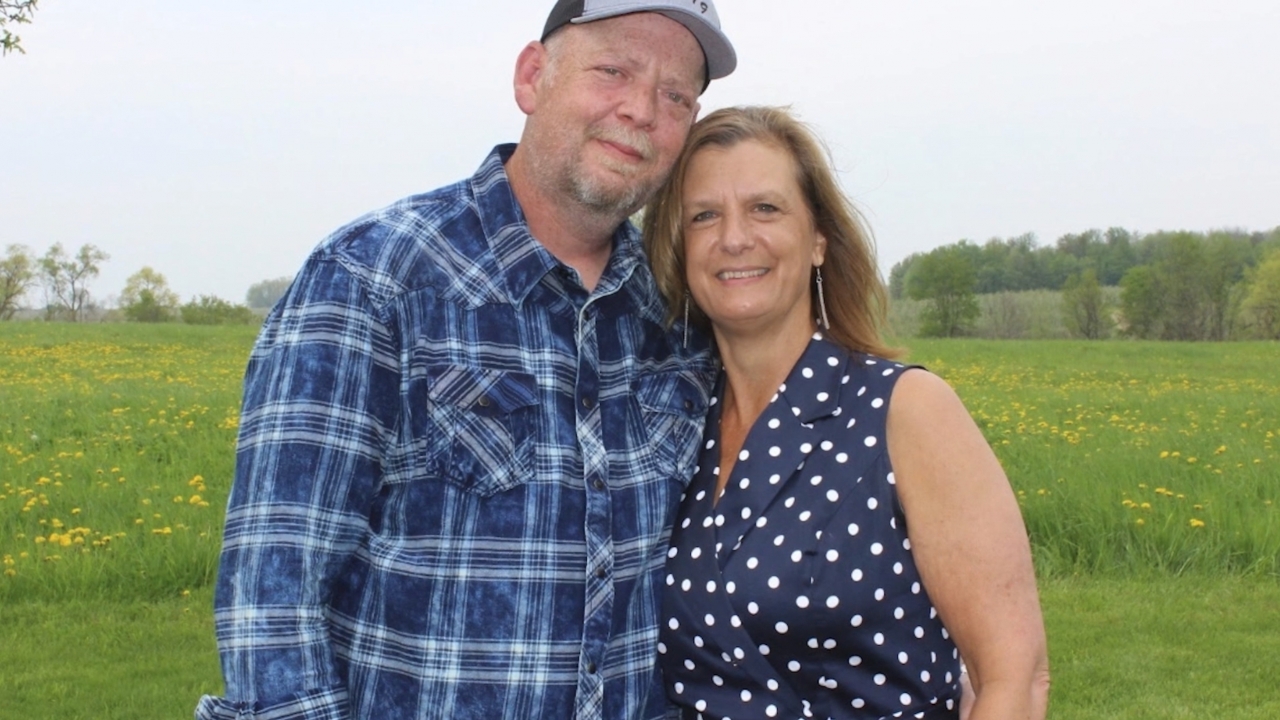Breaking News in #maculardegeneration! First time in USA! Commencement of a Phase 1/2a clinical safety trial using #IPSC stem cells to treat for advanced dry age-related macular degeneration. NIH and #JohnHopkins surgical team implanted a patch of tissue made from patient cells. #DryAMD is a leading cause of vision loss among older Americans. No current treatment. Therapy was developed by Ocular and Stem Cell Translational Research Section team led by Kapil Bharti -the brilliant senior investigator at the #NEI – in collaboration with #CellularDynamics part of #FUJIFILM & Madison-based #OpsisTherapeutics. According to the press release, “This surgery is the culmination of 10 years of research and development at the NEI. In the NIH lab, the patient’s blood cells were converted to iPS cells, which can become almost any type of cell in the body. In this case, they were programmed to become retinal pigment epithelial #RPE cells, the type of cell that degenerates in the advanced forms of dry AMD. RPE cells nourish and support light-sensing photoreceptors in the retina. In AMD, the loss of RPE leads to the loss of photoreceptors, which causes vision loss. This work was supported by the NIH Common Fund and NEI Intramural funding.” Studies in Japan bear out the promise of IPSC’s for treatment of AMD.
– Bernard Siegel
Image caption; Image of the full-RPE-patch (2 x 4 mm). Each dot is an RPE cell with the borders stained green. Each patch contains approximately 75,000 RPE cells. Right image shows patch RPE cells at higher magnification.Kapil Bharti, Ph.D., NEI
What
At the National Institutes of Health, a surgical team successfully implanted a patch of tissue made from patient cells with the goal of treating advanced “dry” age-related macular degeneration (AMD), also known as geographic atrophy. Dry AMD is a leading cause of vision loss among older Americans and currently has no treatment.
The patient received the therapy as part of a clinical trial that is the first in the United States to use replacement tissues from patient-derived induced pluripotent stem (iPS) cells. The surgery was performed by Amir H. Kashani, M.D., Ph.D., associate professor of ophthalmology, Wilmer Eye Institute, Johns Hopkins School of Medicine with assistance by Shilpa Kodati, M.D., staff clinician, NEI. The procedure was performed at the NIH Clinical Center in Bethesda, Maryland, under a phase 1/2a clinical trial to determine the therapy’s safety.
This iPS cell derived therapy was developed by the Ocular and Stem Cell Translational Research Section team led by Kapil Bharti, Ph.D., senior investigator at the National Eye Institute (NEI), part of NIH, in collaboration with FUJIFILM Cellular Dynamics Inc., and Opsis Therapeutics, based in Madison, Wisconsin. Safety and efficacy of this cell therapy was tested by the NEI preclinical team. Clinical-grade manufacturing of this cell therapy was performed at the Center for Cellular Engineering, Department of Transfusion Medicine, Clinical Center, NIH.
This surgery is the culmination of 10 years of research and development at the NEI. In the NIH lab, the patient’s blood cells were converted to iPS cells, which can become almost any type of cell in the body. In this case, they were programmed to become retinal pigment epithelial (RPE) cells, the type of cell that degenerates in the advanced forms of dry AMD. RPE cells nourish and support light-sensing photoreceptors in the retina. In AMD, the loss of RPE leads to the loss of photoreceptors, which causes vision loss. This work was supported by the NIH Common Fund and NEI Intramural funding.
NIH Spokespeople
Kapil Bharti, Ph.D., senior investigator, Ocular and Stem Cell Translational Research Section, NEI
Brian Brooks, M.D., Ph.D., chief, Ophthalmic Genetics and Visual Function Branch, NEI
To schedule interviews with Drs. Bharti and Brooks, contact NEI at [email protected](link sends e-mail)
More information
NIH launches first U.S. clinical trial of patient-derived stem cell therapy to replace and repair dying cells in retina (News release)
NIH researchers rescue photoreceptors, prevent blindness in animal models of retinal degeneration (News release)
Autologous Transplantation of Induced Pluripotent Stem Cell-Derived Retinal Pigment Epithelium for Geographic Atrophy Associated with Age-Related Macular Degeneration (Clinical trial information)
About the NEI: NEI leads the federal government’s efforts to eliminate vision loss and improve quality of life through vision research…driving innovation, fostering collaboration, expanding the vision workforce, and educating the public and key stakeholders. NEI supports basic and clinical science programs to develop sight-saving treatments and to broaden opportunities for people with vision impairment. For more information, visit https://www.nei.nih.gov.
About the National Institutes of Health (NIH): NIH, the nation’s medical research agency, includes 27 Institutes and Centers and is a component of the U.S. Department of Health and Human Services. NIH is the primary federal agency conducting and supporting basic, clinical, and translational medical research, and is investigating the causes, treatments, and cures for both common and rare diseases. For more information about NIH and its programs, visit www.nih.gov.




